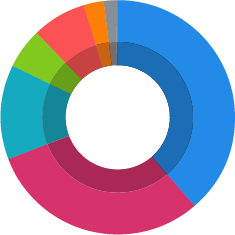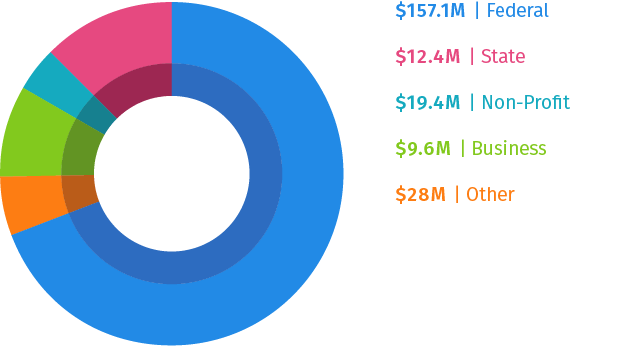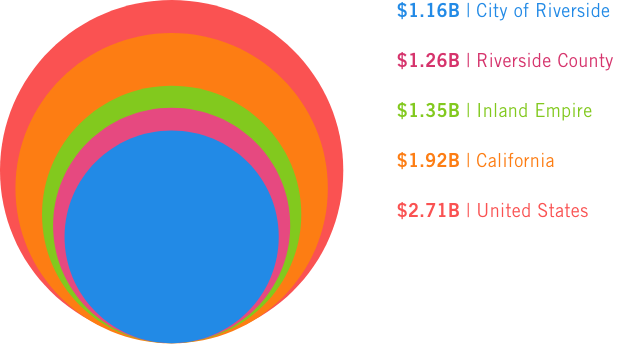University of California, Riverside

Rankings and Facts
UC Riverside By The Numbers
At UC Riverside, belonging, motivation, and sustainable progress for students, the region, and the world is real — and really important. On our nearly 1,200-acre campus, tomorrow’s leaders come together today, finding new ways of thinking, doing, and achieving to make a difference in an increasingly multicultural and interconnected global society. Our vibrant, diverse, and thriving campus is a rocket ship, accelerating ideas and powering new possibilities.
Our more than 26,000 students and 1,100 faculty blaze trails — literally and figuratively. Off campus, they have access to our region’s diverse geography, from the desert to the coast, as well as cultural and recreational activities right here in Riverside. And on campus, all are empowered to accelerate their bold ideas. Because our mission is clear: to launch a new generation of innovative thinkers.
General UCR Stats
Ethnicity
38.7% | Hispanic or Latino
30.8% | Asian
12.9% | White
5.5% | Two or More Races
7.5% | International
3.0% | Black or African American
1.5% | Unknown
0.1% | Native Hawaiian or Other Pacific Islander
0.1% | Native American or Alaskan Native
Impact
Economic Impact
As the only public research university in Inland Southern California, UC Riverside is on the leading edge of pioneering research that has both a local and global impact. The work we do to educate our future leaders and address the challenges we face today fuels positive economic growth here in Southern California and beyond.
$226 Million Total 2019-20 Research Funding
$2.71 Billion on the U.S. Economy
ADDITIONAL INFORMATION
Economic Impact Report
From its economic impact to its role in the community to the influence it casts on the future, UC Riverside has a significant positive impact on California that extends far beyond campus.
The UC System
UCR is one of the ten campuses of the University of California system. We are dedicated to the fundamental missions of teaching, research, and public service.
UCR Institutional Research
The source of official statistics for the university related to students, faculty, and staff.
UCR Library
The UCR Library holds 3 million volumes of books, 30,000 titles of print and electronic serials, 2.2 million microforms, 300,000 government information sources and close to 50,000 audiovisual materials.



